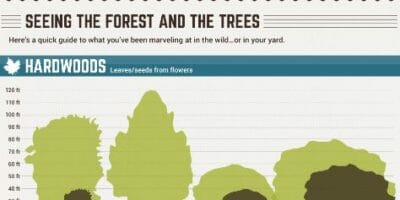After a tree's removal, your landscape may look rather various, and it's essential to assess the consequences carefully. You'll intend to assess the soil disruption and check bordering plants for any indications of tension. Ignoring these factors can result in bigger problems down the line. So, what should you do with those stumps and origins? And just how do you choose the best plants for your revitalized space? Let's check out these crucial actions.
Examining the Aftermath: Assessing Your Landscape
After a tree elimination, it's crucial to assess your landscape to understand the effect it has on your lawn.
Begin by analyzing the area where the tree stood. Seek indications of dirt disturbance, and check the surrounding plants for any anxiety or damage.
You need to likewise make note of exactly how the removal has altered sunshine exposure and airflow in your garden. https://beaumgauo.blogpayz.com/35363745/bordered-by-the-beauty-of-your-atmosphere-lurking-threats-such-as-tree-stumps-exist-uncover-crucial-approaches-for-their-removal-and-upgrade-your-yard-today can influence the development of neighboring plants, so it's necessary to assess their wellness.
Think about https://ways-to-remove-stumps39406.blog4youth.com/35926363/enter-the-important-procedures-of-tree-stump-elimination-and-identify-the-crucial-elements-that-can-influence-your-option-to-do-something-about-it could develop an open space that you can revamp.
Finally, consider any prospective erosion concerns that might occur from the tree's absence. Dealing with these elements early will aid restore balance to your landscape.
Managing Stumps and Origins: Options for Removal
Once you've evaluated the aftermath of the tree removal, you'll likely need to take on the stump and roots left behind.
You have a few options for elimination. One effective technique is stump grinding, where an expert utilizes a machine to grind the stump down to below ground degree. This technique leaves marginal interruption to your landscape.
If you like a DIY approach, you can use a combination of excavating and chemical stump eliminators. Simply remember, this process can take some time and effort.
Conversely, think about leaving the stump as an all-natural feature, which can work as an one-of-a-kind garden component or environment for wildlife.
Whatever you choose, attending to the stump and roots is necessary for restoring your landscape.
Choosing the Right Plants for Your New Area
As you evaluate your recently cleared room, choosing the right plants can dramatically boost your landscape's appeal and functionality.
Beginning by taking into consideration the sunshine and soil problems. For sunny locations, go with drought-resistant plants like lavender or succulents. In shaded places, brushes and hostas flourish well.
Consider the size and growth practices of your plants; mix perennials and annuals for seasonal selection. Do not neglect to include pop over here require less maintenance and support regional wildlife.
Group plants in odd numbers for a more all-natural appearance and develop layers for visual depth.
Lastly, ensure you have a mix of colors and appearances to maintain your landscape vibrant throughout the seasons.
Pleased planting!
Final thought
In conclusion, recovering your landscape after tree elimination is a fulfilling process. By evaluating the results, dealing with stumps and roots, and choosing the right plants, you'll create a flourishing environment. Do not fail to remember to include disintegration control actions to safeguard your soil. With a little effort and care, you can transform your space right into a lively garden that enhances your residential property. Accept the opportunity to renew your landscape and enjoy the elegance of nature right in your yard!
